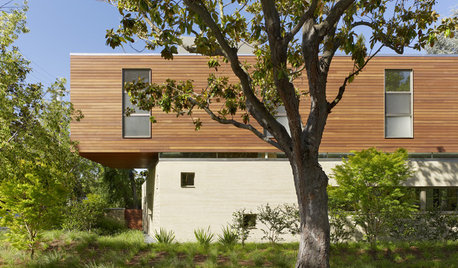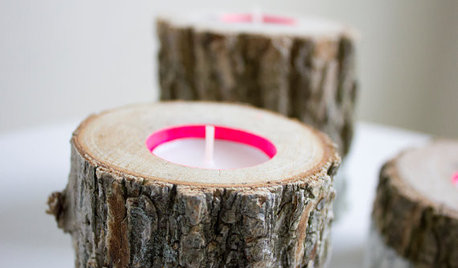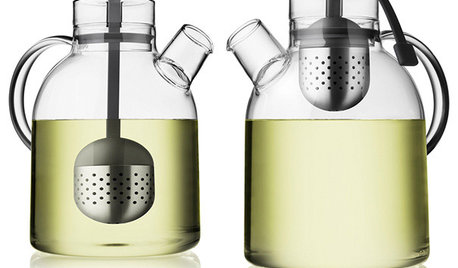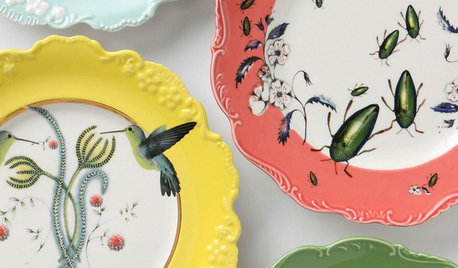Modern Hybrid Teas
User
11 years ago
Related Stories

REMODELING GUIDESRammed Earth: Old Meets New in Hybrid Material
An ancient technique lends itself to more sustainable contemporary home designs
Full Story
ENTERTAININGGuest Picks: Tea Party With a Modern Palette
Turn a traditional tea party on its head with the colors of citron, peach and lime
Full Story
PRODUCT PICKSGuest Picks: Have a Spot of Tea Lights
Set your home aglow with these pretty, rustic, modern and creative tea lights and holders
Full Story
DIY PROJECTSDining Set Makeover: Paint and Tea-Tinted Fabric Make Old Chairs New
Reclaim dated dining chairs for far less than buying new, using spray paint, modern fabric and a handful of tea bags
Full Story
FURNITUREDesign Methods: Finishing Furniture and Fabric With Tea
Brooklyn designers create rustic-modern look with an old-fashioned brew
Full Story
Guest Picks: Tea Towel Mania
Drying the dishes is far more fun with one of these clever, cute or just plain pretty tea towels
Full Story
SHOP HOUZZHouzz Products: A Special Spring Tea Party
Have your friends over for the loveliest tea party yet with fun serving pieces, tableware and accessories from our Products section
Full Story
PRODUCT PICKSGuest Picks: You are Invited to High Tea
Create a table worthy of the high tea tradition with fine linen, porcelain and pretty accents
Full Story
PRODUCT PICKSGuest Picks: Tea and Coffee Accessories
19 teapots, coffee makers, mugs and more to brew your morning cup in style
Full Story
PRODUCT PICKSGuest Picks: Dishes and Tea Towels That Bring a Smile
Eat your heart out with kitchen accessories that put the "fun" in "functional"
Full StorySponsored
Custom Craftsmanship & Construction Solutions in Franklin County
More Discussions










ken-n.ga.mts
roseseek
Related Professionals
Norwood Landscape Contractors · Arlington Landscape Contractors · Brockton Landscape Contractors · Elmhurst Landscape Contractors · Lake Saint Louis Landscape Contractors · Long Beach Landscape Contractors · Norwalk Landscape Contractors · South Lake Tahoe Landscape Contractors · Vacaville Landscape Contractors · Norridge Landscape Contractors · Charlottesville Swimming Pool Builders · West Hollywood Swimming Pool Builders · Littleton Siding & Exteriors · Weymouth Siding & Exteriors · Woodbridge Siding & ExteriorsAquaEyes 7a NJ
floridarosez9 Morgan
harmonyp
UserOriginal Author
strawchicago z5
saldut
zjw727
UserOriginal Author
roseseek
UserOriginal Author
AquaEyes 7a NJ
roseseek
AquaEyes 7a NJ
AquaEyes 7a NJ
roseseek
kittymoonbeam
strawchicago z5
rosefolly
saldut
bluegirl_gw
roseblush1
kittymoonbeam
sherryocala
User
jeannie2009
idixierose
UserOriginal Author
roseblush1
bluegirl_gw
ingrid_vc so. CA zone 9
peachiekean
bluegirl_gw
UserOriginal Author
roseseek
roseblush1
AquaEyes 7a NJ
roseseek
melissa_thefarm
ogrose_tx
kittymoonbeam
harmonyp
roseseek
harmonyp
roseseek
burntplants
strawchicago z5
bluegirl_gw
strawchicago z5